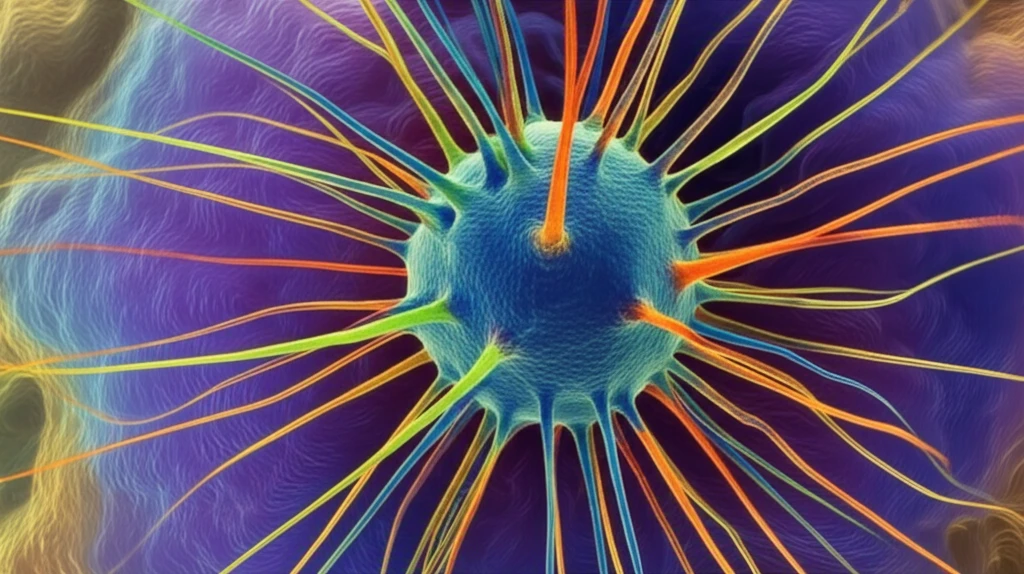
Cellular Fingerprints: Unlocking the Secrets of Filopodia for Health and Disease
"Delving into the world of cellular protrusions to understand their vital roles in cell movement, environmental sensing, and potential implications in cancer research."
In the intricate world of cell biology, understanding how cells move, interact, and respond to their environment is crucial. At the forefront of this understanding are filopodia—dynamic, finger-like projections extending from the cell surface. These structures aren't just decorative; they're integral to a cell's ability to navigate its surroundings and communicate with other cells.
Think of filopodia as cellular antennas, constantly probing the environment for signals. These projections are especially important in processes like wound healing and embryonic development, where cells need to migrate and organize precisely. However, filopodia also play a less benign role in diseases like cancer, where they can help cancer cells invade healthy tissues.
Recent research featured in the Journal of Cell Science sheds light on the complex mechanisms driving filopodia formation. Researchers, led by Lorna Young, have identified key proteins and their roles in assembling these vital structures. This work promises to enhance our understanding of both normal cell function and disease processes, potentially paving the way for new therapeutic strategies.
What Exactly Are Filopodia and Why Do They Matter?

Filopodia, derived from the Latin words 'filum' (thread) and 'podium' (foot), are slender, rod-like protrusions composed primarily of actin filaments. These filaments provide structural support and enable filopodia to extend and retract dynamically. At their tips, filopodia often feature receptors that allow cells to sense and respond to external cues.
- Cell Migration: Filopodia act as exploratory probes, guiding cells along specific paths.
- Environmental Sensing: Receptors on filopodia detect chemical and physical signals, informing the cell about its surroundings.
- Cell-Cell Communication: Filopodia can mediate direct contact between cells, facilitating communication and coordination.
- Adhesion: They can attach to the extracellular matrix, providing traction for cell movement.
Looking Ahead: The Future of Filopodia Research
The study of filopodia is an evolving field with vast potential for future discoveries. As researchers continue to unravel the molecular mechanisms driving filopodia formation and function, new therapeutic targets for cancer and other diseases may emerge. Understanding how cells interact with their environment at the most fundamental level promises to transform our approach to treating disease and promoting health.
